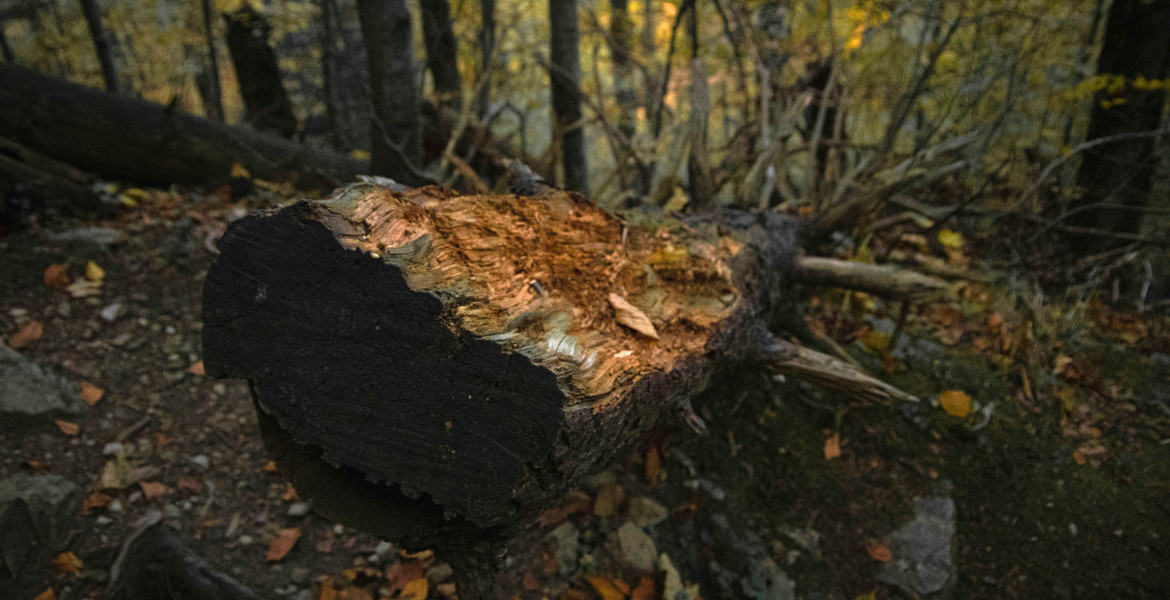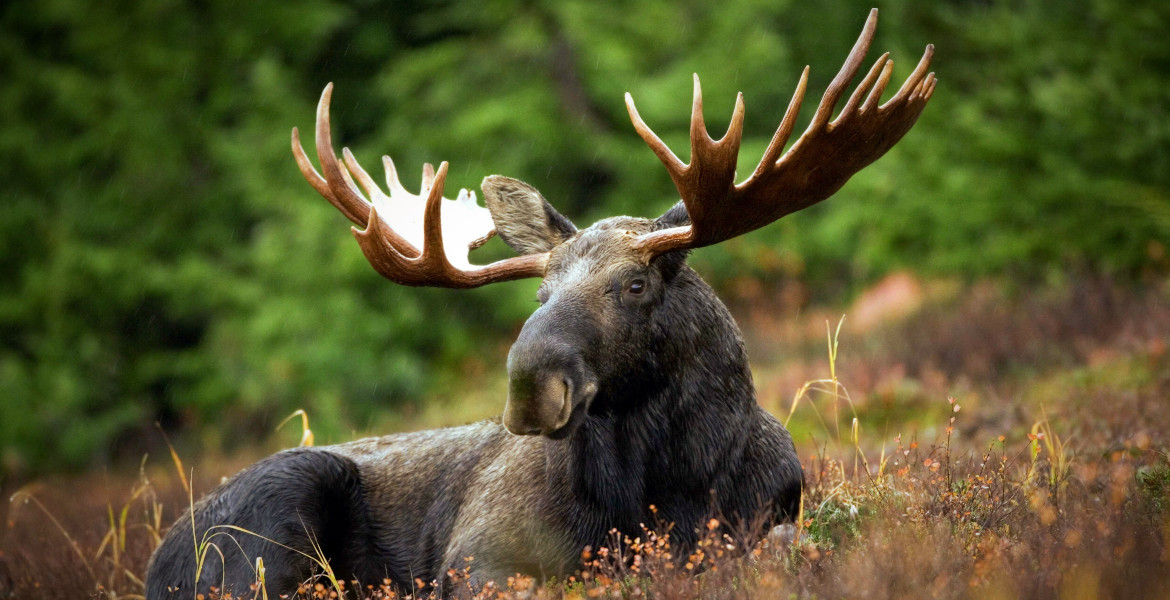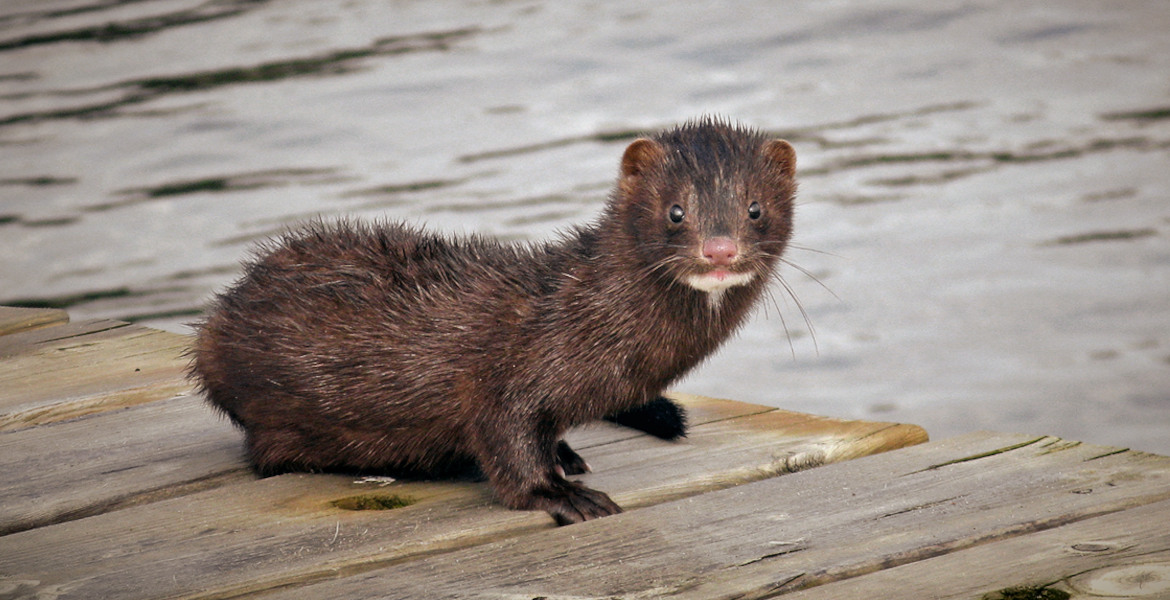A new feasibility study will analyze the possibilities of reintroducing bison in Sweden. If the study is successful, the European bison may soon become part of the Swedish fauna again.
There were wild bison, also known as European bison, in Sweden around 10 000 years ago. The species probably became extinct due to hunting, and this trend spread to the rest of Europe as the animal became completely extinct in the wild in the 1920s.
Several countries have introduced so-called reintroduction and conservation projects for the species, which means that today there are wild bison in Poland, Ukraine, Russia, Germany and even Denmark. There are currently around 3000 wild bison in Europe.
The possibility of reintroducing the animal in Sweden will now be examined. According to a press release, the Swedish University of Agricultural Sciences (SLU) and the Skogssällskapet foundation will initiate a preliminary study of the species on the 1,100-hectare Svanå forest property north of Västerås.
One of the reasons for wanting to reintroduce the animal in Sweden is to help with revegetation. In the past, forest-grazing cows used to be able to counteract such problems, but today there is a lack of large grass-eaters in the forests. Other Swedish grazing animals such as elk and deer graze more brushwood and plants, while bison graze more like cows.
– Until the middle of the 20th century, our forest-grazing cows fulfilled the functions that wild bison and aurochs had previously performed, by grazing grass and herbs in the forest. Today we have problems with overgrowth because the large grass-eaters are missing from the forest landscape, says Karin Fällman Lillqvist, Head of Sustainability at Skogssällskapet.
The idea is to place the bison near the original animals’ range in central Sweden, an area with large continuous forests and well away from busy roads.
However, there is some criticism of the reintroduction of bison as it is believed that, like wild boar, they can cause great damage to gardens, for example. One argument against this is that bison do not reproduce as quickly as wild boar. A visent often has only one calf per year compared to wild boar, which can have up to two litters per year with between three and eight piglets per litter.
The preliminary study will start in spring 2023 and is expected to be completed during the year. Depending on the results of the study, it may be necessary to apply for the proper reintroduction of the species in Sweden.
The European bison, or wisent (Bison bonasus), together with its larger American relative the bison, are the only two living species in the genus Bison.
The bison is the last wild bovine and also the heaviest land mammal in Europe, with bulls weighing on average around 460 kilograms and cows around 340 kilograms. However, the largest wild bison has weighed 820 kilograms. The height of cows can be 1.67 meters and bulls up to 1.88 meters. The length of the animals can be up to three meters without including the tail.
A bison can run up to 50 kilometers per hour and jump two meters from a standstill.








